Golden Retrievers are among the most beloved dog breeds worldwide, celebrated for their friendly nature and beautiful, lustrous coats. Originating from Scotland in the late 1800s, these dogs were initially bred for retrieving game during hunting expeditions. Over the years, they have transitioned into exemplary companion animals, thanks to their intelligent, gentle, and friendly demeanor. One of the hallmarks of the Golden Retriever is their stunning coat color, which ranges from light creamy shades to rich golden hues. While the breed standard recognizes only a few shades, variations exist within those parameters, each carrying a distinct charm and appeal. This article delves into seven magnificent color variations of the Golden Retriever, exploring how each shade contributes to the overall allure of these adorable canines.
1. Light Golden

The light golden coat is a pale, almost cream-like color that exudes elegance and a softer appearance compared to the more saturated golds. This shade is particularly popular in show rings where its subtlety and understated elegance can be truly appreciated. Light golden Retrievers often have a uniform color, but some may exhibit slightly lighter feathering around the ears and belly. The pale golden shade is reflective and vibrant, catching the sunlight in a way that highlights the silky texture of their fur. Owners of light golden Retrievers often note that their pets have a serene and almost regal bearing, which complements their friendly and calm demeanor.
2. Golden

The classic golden shade is what most people envision when they think of a Golden Retriever. This color is a true golden hue that strikes a perfect balance between light and dark, embodying the warmth and depth of the breed’s personality. This mid-tone golden is lush and radiant, with a rich luster that showcases the dense, water-resistant outer coat and the softer undercoat. Goldens in this shade are prolific in both the field and the home, known for their versatility and adaptability. They are as likely to excel in obedience and agility as they are to be loving, devoted family members.
3. Dark Golden
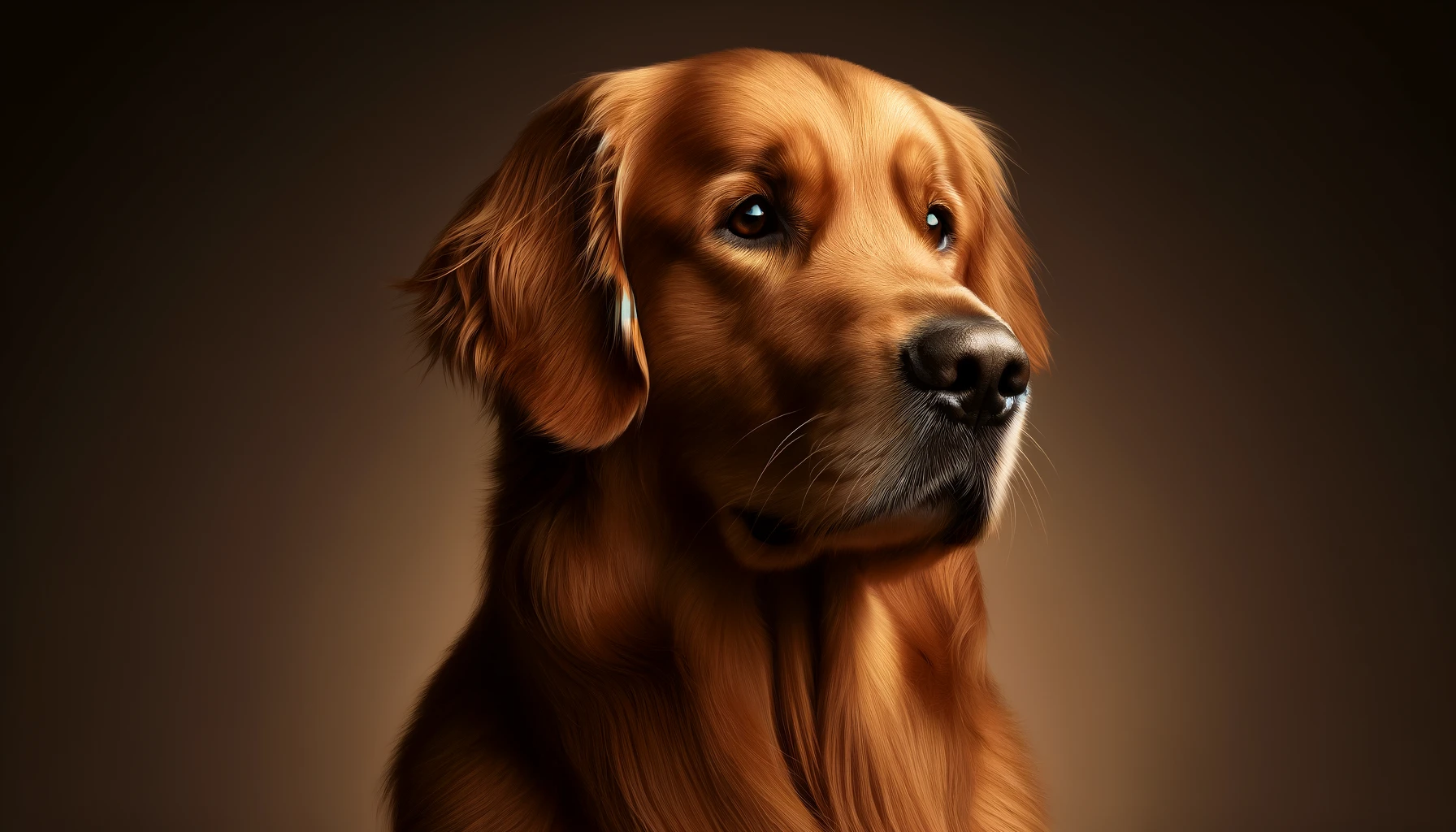
Dark golden Retrievers have a deep, amber-like color that adds an air of mystery and richness to their appearance. This shade is less common than the lighter variations but is highly sought after for its striking beauty. Dark goldens may sometimes appear almost reddish under certain lighting conditions, enhancing their visual appeal. Like all Goldens, those with dark golden coats are characterized by their friendly and tolerant attitudes, making them excellent pets for families with children and other pets.
4. Cream
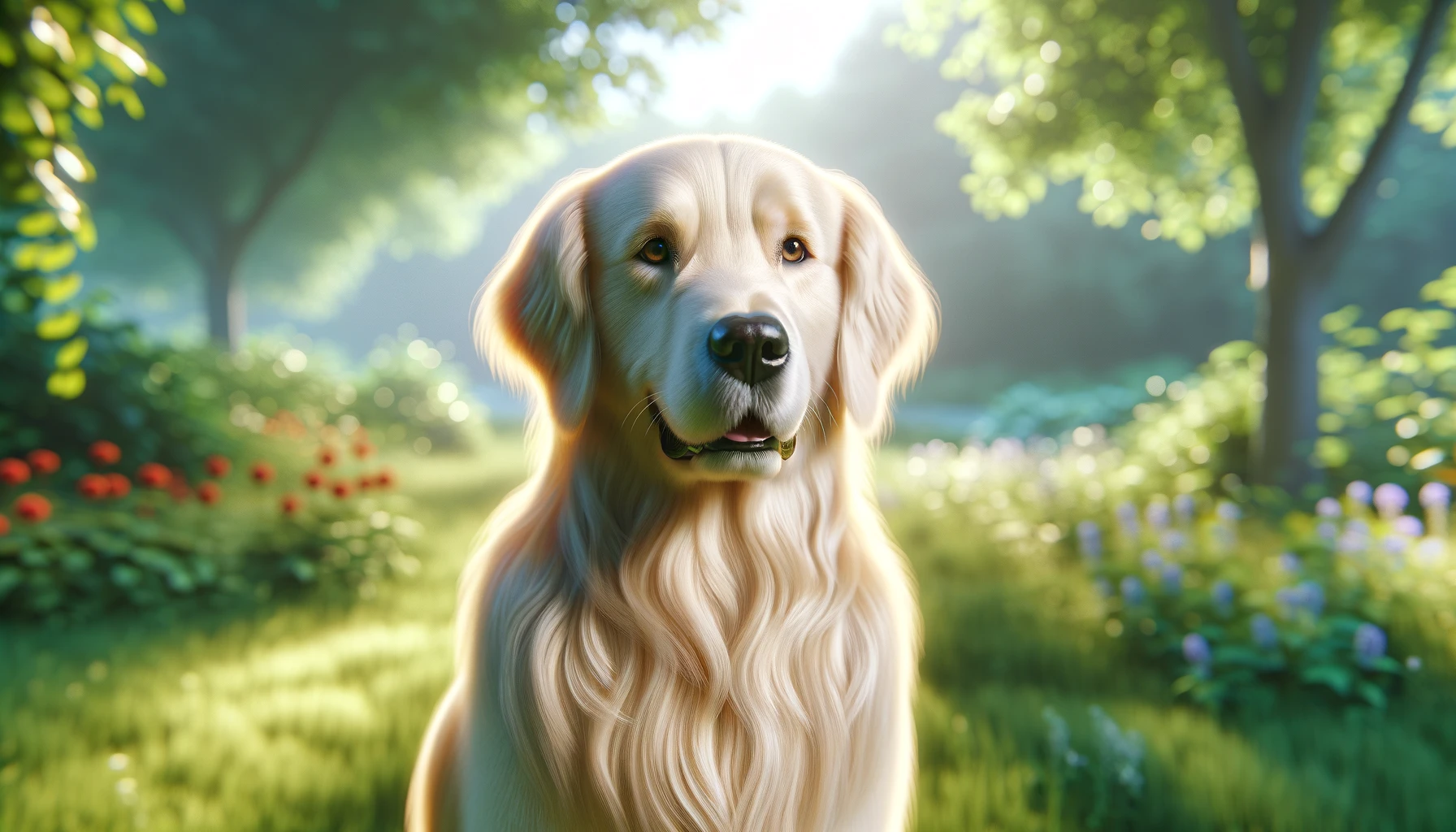
Cream-colored Golden Retrievers are on the lighter end of the spectrum, featuring a soft, almost white coat with just a hint of gold. This color is more common in European lines, particularly British Golden Retrievers, and is recognized under the breed standards of many countries outside the United States. Cream Goldens are admired for their angelic and plush appearance, which does not detract from their capability and eagerness to participate in activities like tracking, hunting, or serving as therapy dogs.
5. Red
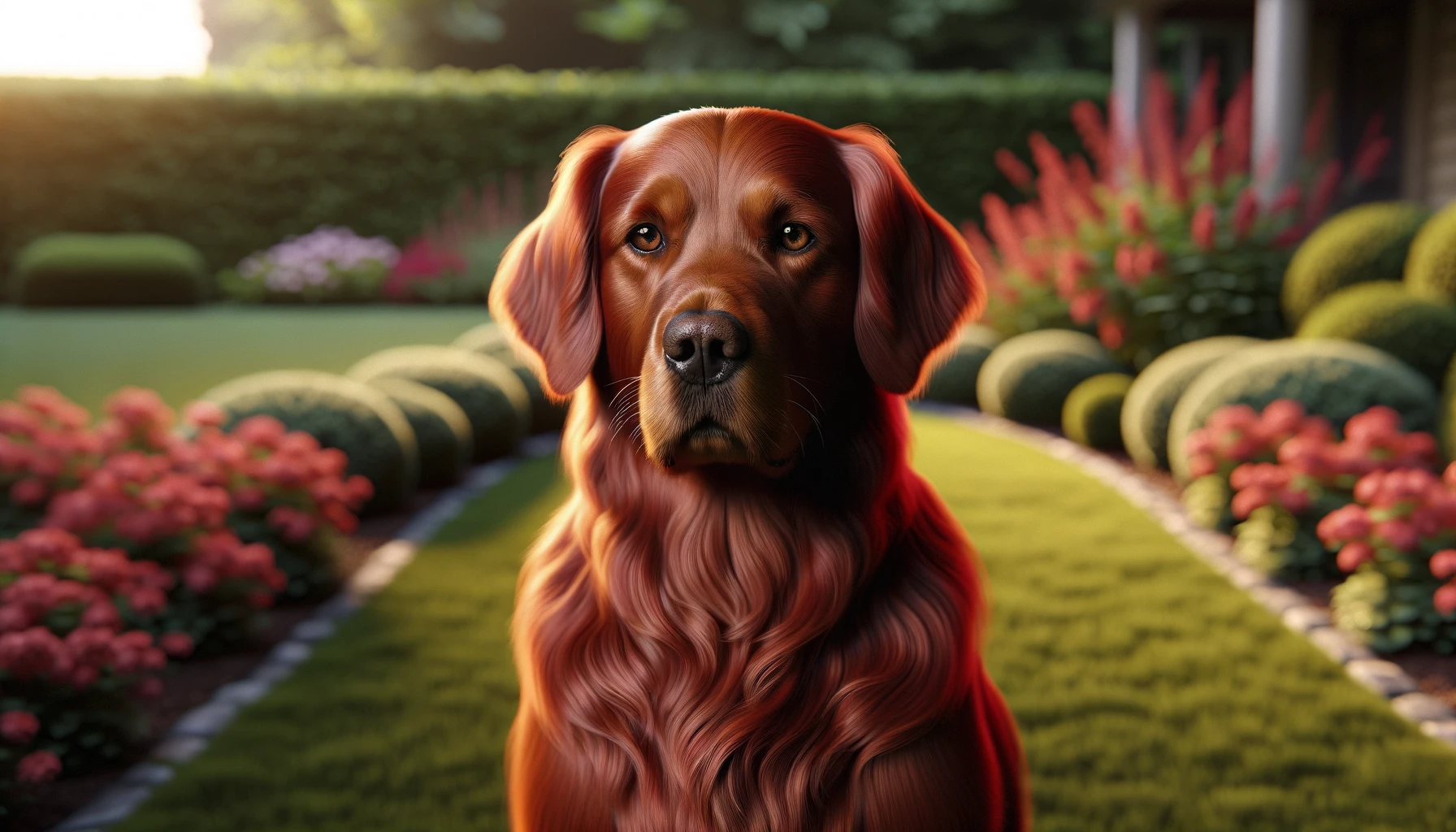
Red Golden Retrievers are a less typical variation that boasts a rich, mahogany hue, making them stand out in any crowd. The red coat comes from the same genes that produce the traditional golden colors but is expressed as a deeper, more intense coloration. Red Goldens are often more heavily feathered, especially around the neck, legs, and tail, which accentuates their color even more. Their striking appearance is matched by their energetic and enthusiastic nature, making them ideal companions for active individuals or families.
6. White
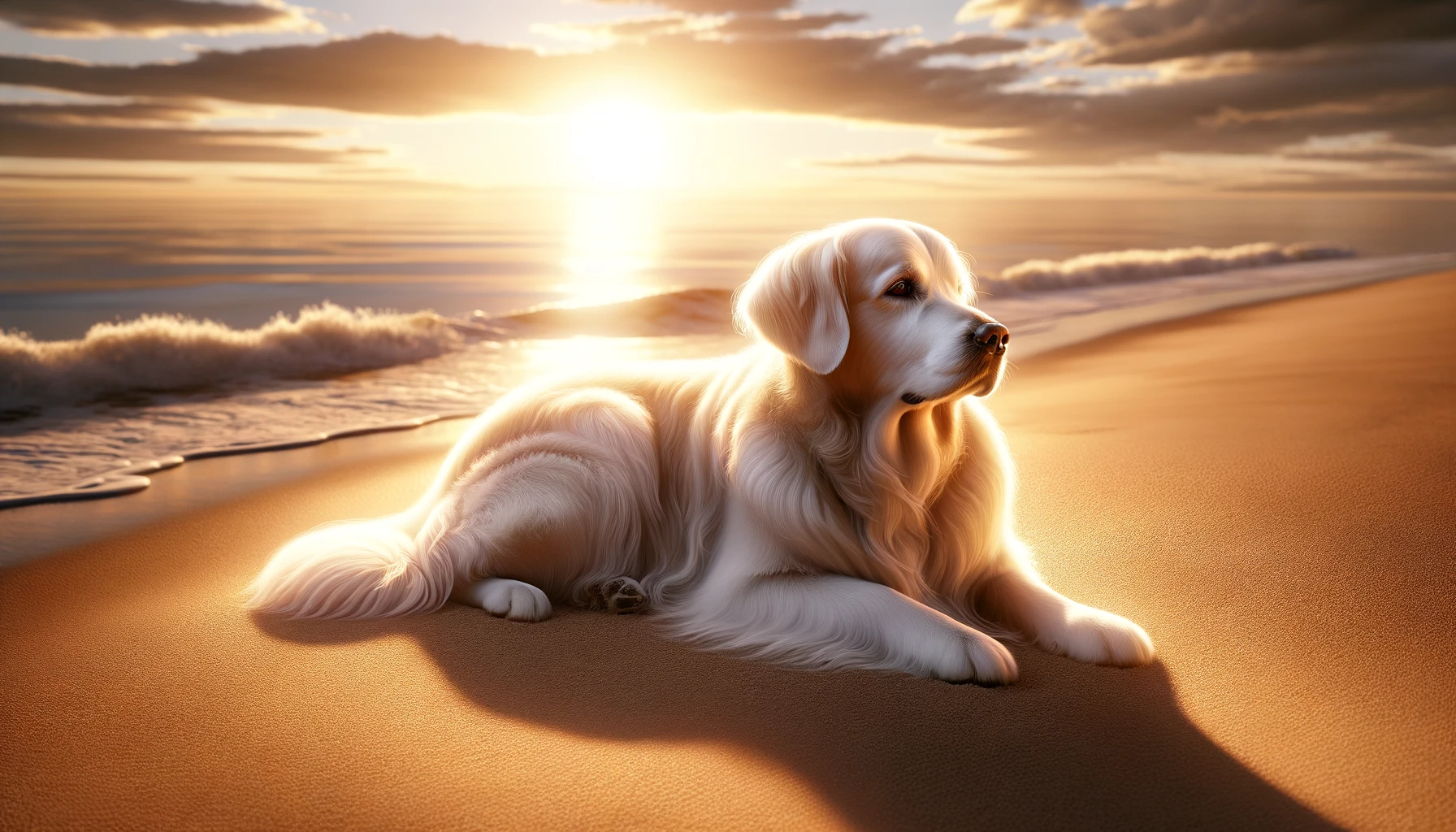
While not officially recognized as a standard color, some Golden Retrievers exhibit a very pale, almost white coat. Often referred to as “English Cream” or “Platinum” Goldens, these dogs are typically bred from European lines. Their stunning white coats require the same amount of grooming as their darker counterparts but can make them more prone to sunburn. Despite their distinctive appearance, they retain the same loving and gentle characteristics associated with the breed.
7. Mahogany
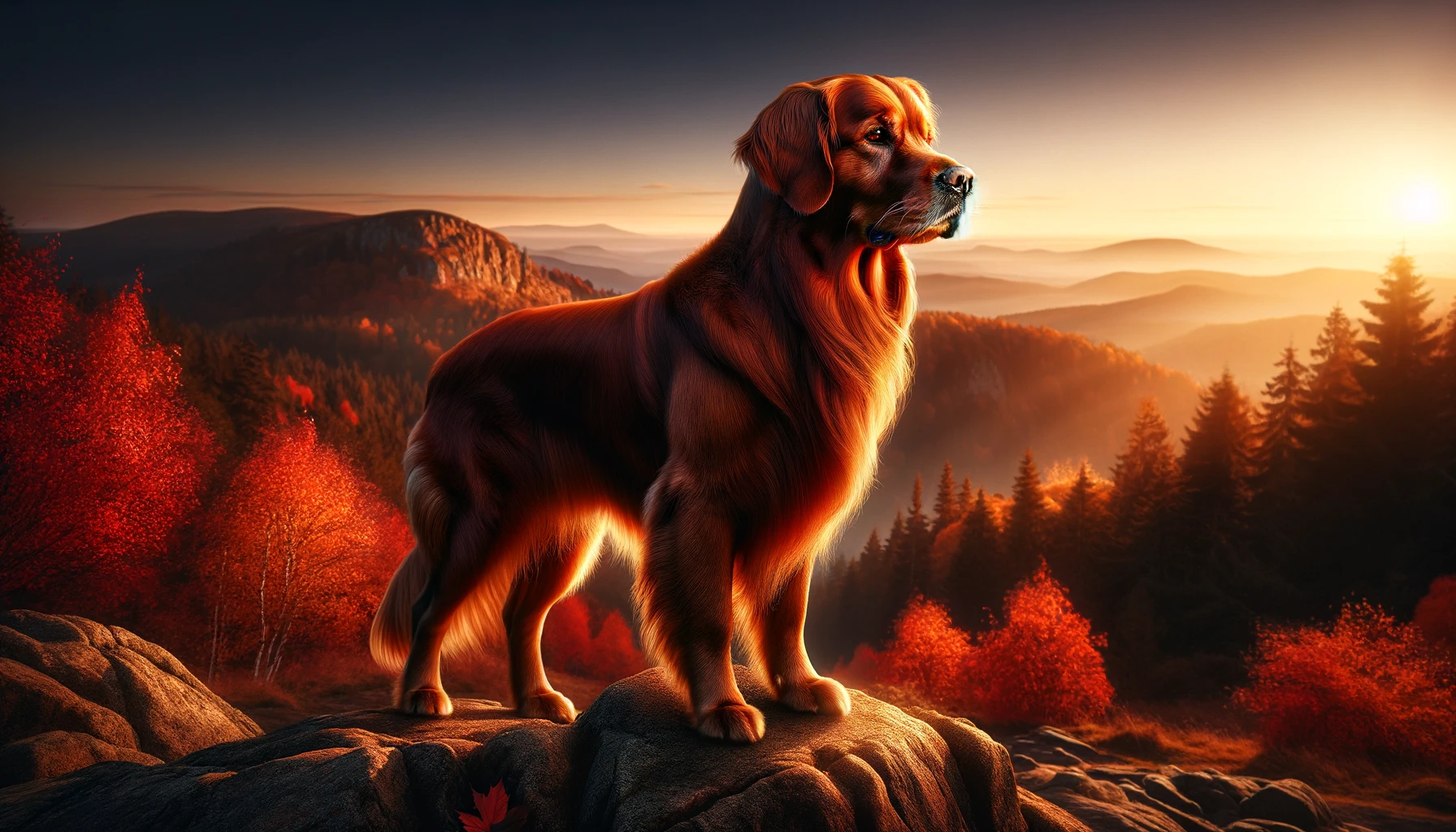
Mahogany refers to an exceptionally dark, richly pigmented coat that is almost akin to the red Goldens but with a deeper saturation. This rare color variation presents a breathtaking aesthetic, with a glossy finish that enhances the muscular build of the Retriever. Mahogany Goldens are often mistaken for other breeds due to their unique color but share all the endearing qualities of typical Golden Retrievers.
In conclusion, Golden Retrievers offer a delightful range of colors that suit various tastes and preferences. Whether you prefer the ethereal beauty of the cream or the vibrant richness of the mahogany, each color variation brings its unique beauty to this wonderfully versatile breed. Despite the differences in appearance, all Golden Retrievers share a common trait: a friendly, reliable temperament that makes them one of the most cherished breeds in the world.
Frequently Asked Questions About Golden Retriever Colors
1. What is the most common color of a Golden Retriever?
The most common color of a Golden Retriever is the rich, lustrous golden that gives the breed its name. This iconic shade ranges from a light, creamy golden to a more intense dark golden hue. The color is evenly distributed, with some variations in shade that may occur on the underbody and feathering. Golden Retrievers are celebrated for their beautiful, dense water-repellent coats that can shimmer in the sunlight, enhancing their golden luster. This color not only defines the breed but also complements their friendly and approachable demeanor, making them one of the most popular and beloved dog breeds worldwide.
2. Are there any black Golden Retrievers?
True black Golden Retrievers do not exist. The Golden Retriever breed standard only includes shades of gold, from light cream to dark golden. Any solid black dogs resembling a Golden Retriever are likely mixed breeds. While black may appear in the coats of Golden Retrievers as a part of mixed heritage, these dogs cannot be registered as purebred Golden Retrievers. The genetics of the breed dictate that the coat colors remain within the gold spectrum, which is a hallmark of this specific breed.
3. Can Golden Retrievers be white?
While some Golden Retrievers appear “white,” they are a very light cream color. This variation is often referred to as “English Cream” Golden Retrievers, particularly those bred from British lines. These lighter cream colors are recognized in the breed standards of many countries outside the United States, including the UK. The pale shade can range from white to a light biscuit, but it should not be pure white. These lighter colors exhibit the same breed traits and are valued for their striking, elegant appearance.
4. What causes the red color in some Golden Retrievers?
The red color in some Golden Retrievers is due to a deeper expression of the genes that dictate coat color. This variation is often referred to as “Mahogany” and is characterized by a rich, reddish-gold tone that is much darker than the typical golden shades. This color is genetically the same as lighter gold but with a higher concentration of pigment. Red Golden Retrievers are not recognized by all breed standards but are nevertheless popular for their distinctive and vibrant appearance. They carry the same friendly and affectionate temperament as other Golden Retrievers.
5. How does sunlight affect the color of a Golden Retriever’s coat?
Sunlight can slightly alter the color of a Golden Retriever’s coat over time, a process known as sun bleaching. Dogs that spend a lot of time outdoors may have coats that lighten, especially during the sunny months. The areas most affected are typically the back and the top of the head. This natural lightening does not harm the dog but can give the coat a more faded appearance. Regular grooming and care can help maintain the coat’s natural color and prevent excessive bleaching.
6. Is the cream color in Golden Retrievers considered a fault?
In American breed standards, extremely pale coats were once considered a fault in Golden Retrievers. However, the preference can vary significantly between different countries’ kennel clubs. For instance, British standards allow for a much wider range of colors, including very light cream. These lighter shades are not only accepted but also quite popular in Europe and have gained popularity in other regions as well due to their striking appearance. Regardless of the coat color, the dog’s health, temperament, and adherence to other breed standards are more important considerations.
7. What is the rarest color for a Golden Retriever?
The rarest color for a Golden Retriever would be the darker, mahogany shade, and the very pale, almost white (cream) shades. These colors are less common because they require specific genetic factors to be more pronounced. The mahogany shade, for example, involves a deeper saturation of the golden color genes, while the lightest creams are a dilution of the same genes. Both ends of the color spectrum are less commonly seen in the general Golden Retriever population, making them more unique and sought after by enthusiasts.
8. Do different colors of Golden Retrievers have different health issues?
There is no scientific evidence to suggest that different colors of Golden Retrievers are prone to different health issues. Health concerns in Golden Retrievers are generally related to genetics and breeding practices rather than coat color. Common health issues in the breed include hip dysplasia, heart problems, and cancer, none of which are linked to coat color. Responsible breeding practices are crucial for minimizing the risk of genetic diseases, regardless of the coat color of the dogs.
9. Can Golden Retriever puppies change color as they grow?
Golden Retriever puppies can change color as they mature. Puppies that are born a darker shade may lighten as they grow older, and those born lighter can sometimes darken. However, these changes are usually within the golden color spectrum. The final adult color can sometimes be predicted by the color of the puppy’s ears, which typically indicate how dark or light the coat will become. This change is a normal part of the dog’s development and varies from individual to individual.
10. Are Golden Retrievers with unusual colors more expensive?
Golden Retrievers with unusual colors, particularly the very pale creams or the darker mahogany shades, can sometimes be priced higher by breeders due to their rarity and unique appeal. However, potential buyers should be wary of breeders who prioritize coat color over health and temperament. The best breeders will focus on the overall health and standard of the breed rather than just the coat color. As such, while unique colors might be appealing, they should not command a premium unless accompanied by health clearances and adherence to breed standards.
 Toledo, United States.
Toledo, United States.